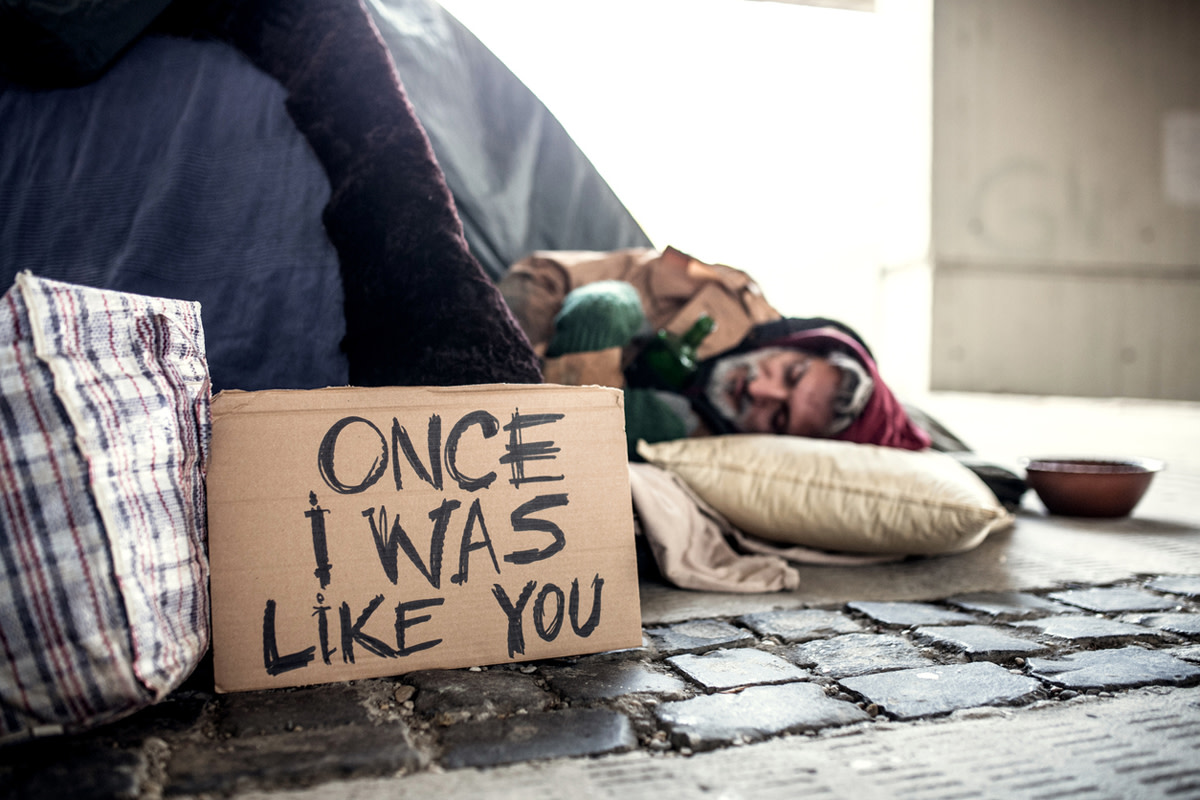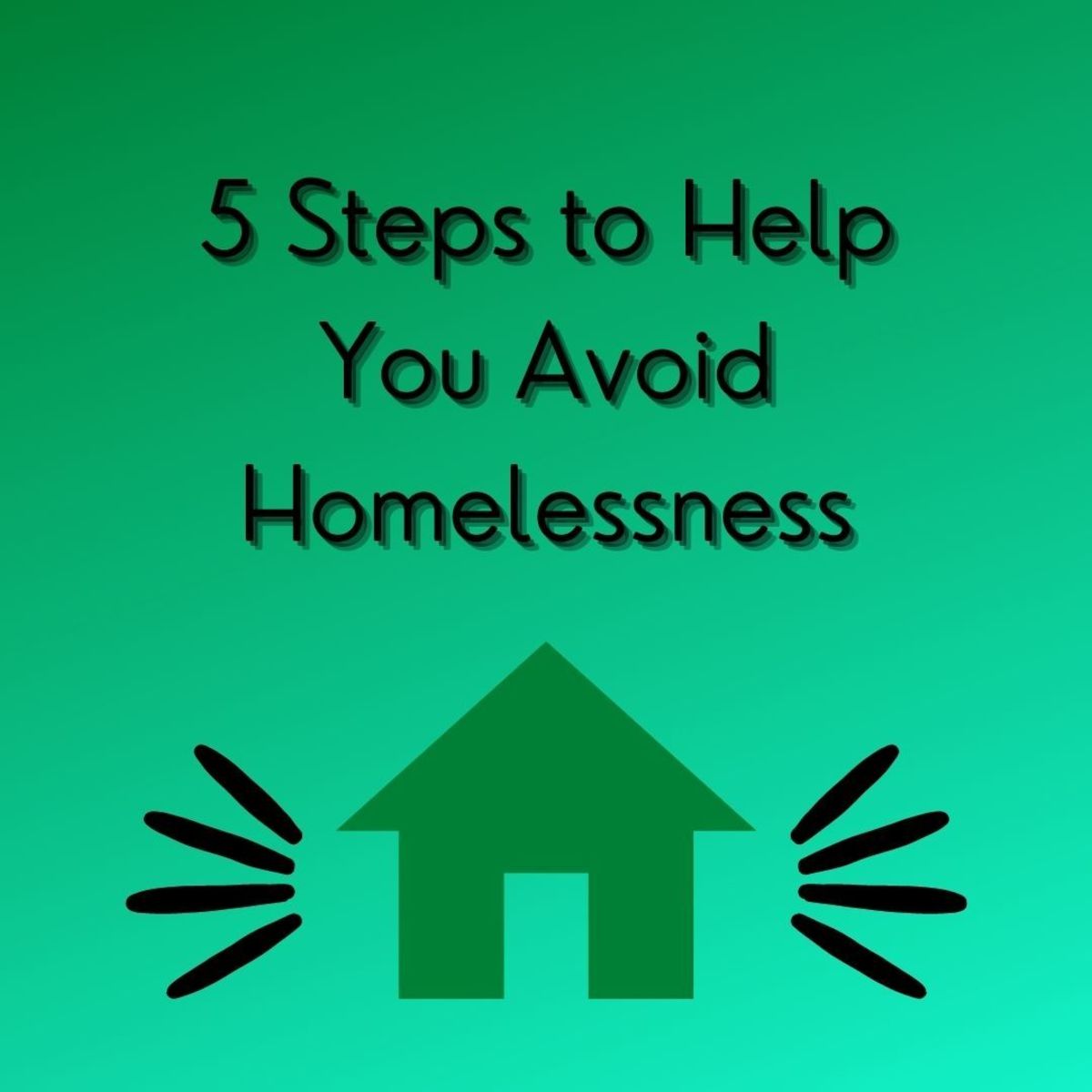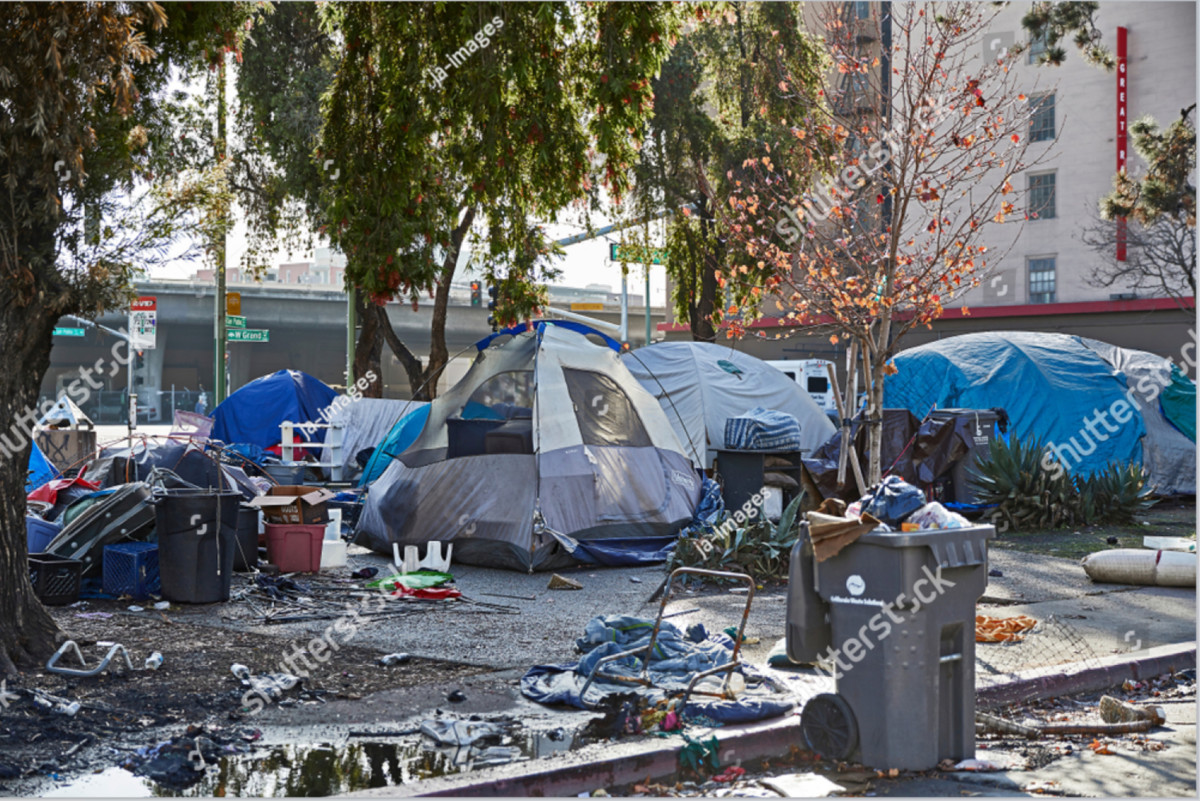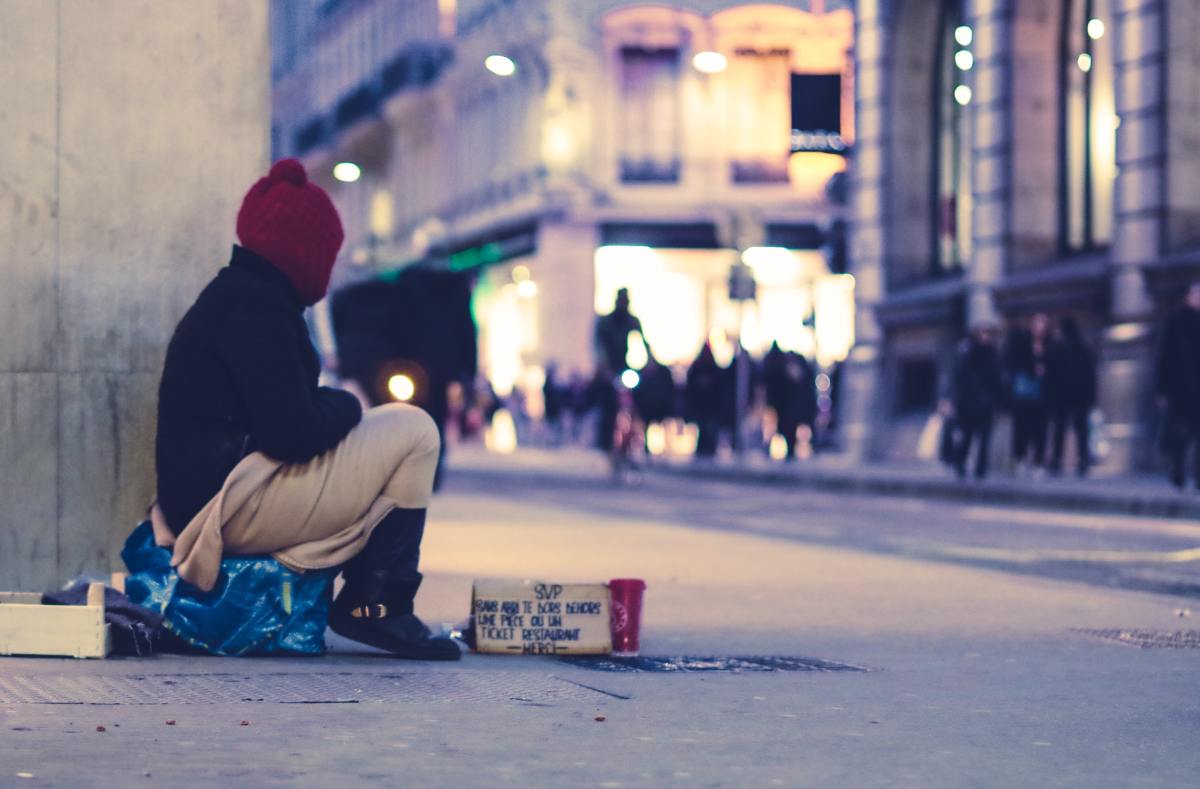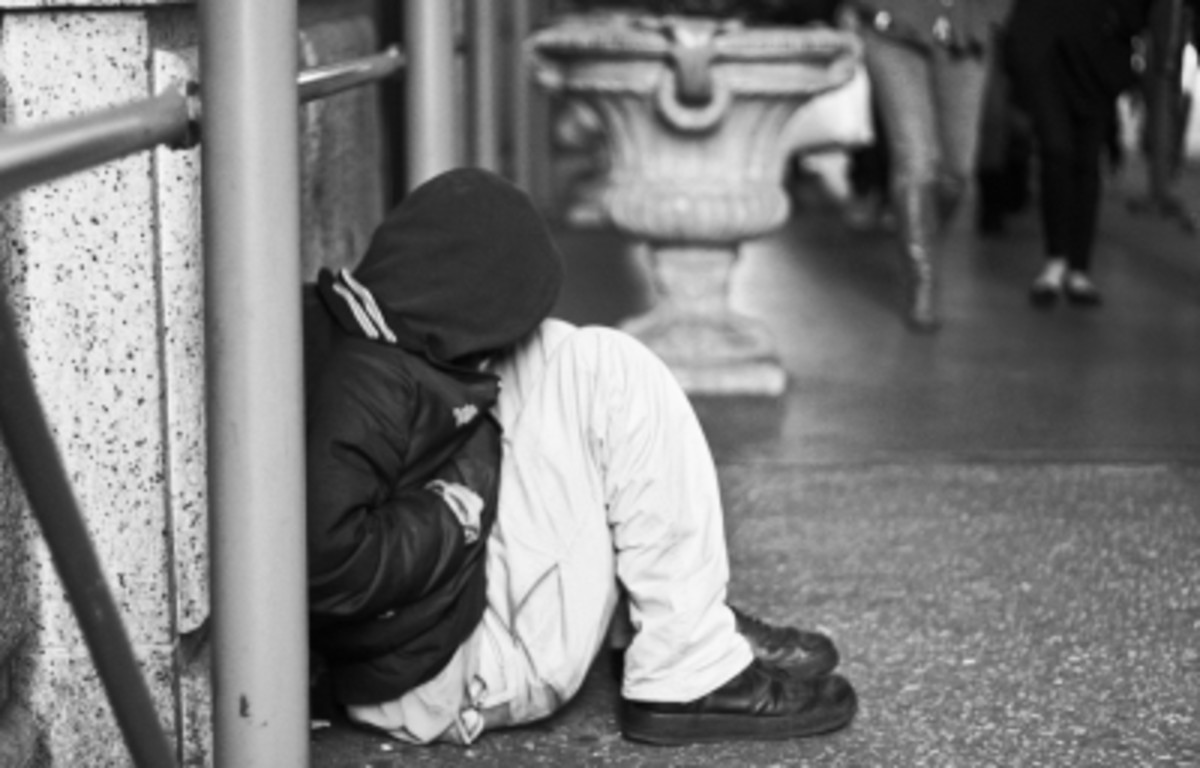Defining Homelessness

In the modern world, the concept of “homelessness” has undergone countless alterations as culture has evolved and society continues to advance. While one might assume that the definition of homelessness is straightforward and simply constitutes a person without a dwelling in which to live, sociologists and policy makers have been debating the ambiguous classification for decades due to a variety of complications. Defining homelessness is important because such classifications can determine who is eligible for particular social services (Montgomery et al. 769). From a law makers’ perspective, strict definitions allow for more accurate community portrayals that help to decide what policies would be most effective for the districts they oversee. However, it is important to remember that no single definition can fully encompass every experience of homelessness.
At the most fundamental level, homelessness involves a lack of housing. However, sociologists recognize that “homeless persons anchor the low end of a vast and growing wealth disparity in the United States (Lee et al. 502).” As this population continues to grow, the need for a more comprehensive definition has become imperative. Per the United States Department of Housing and Urban Development, a homeless individual is defined as one who lacks “a fixed, regular, and adequate nighttime residence (Lee et al. 504).” The definition also includes those who use public and privately operated shelters and institutions designed to provide temporary living accommodations. The McKinney-Vento Homeless Assistance Act, a key piece of federal legislation, also emphasizes a definition linked to an absence of adequate nighttime housing while specifying selected locations such as shelters and institutional settings. However, the act differs from previous definitions due to its emphasis on homeless children and youths. This distinction is important since it has historically been difficult to classify children as being “homeless” rather than “run aways” (Lee et al. 503). These definitions all fall short, however, in that they almost exclusively apply to individuals experiencing chronic homelessness as opposed to transitional or episodic homelessness, thus reinforcing the fact that housing hardships fall on a continuum and therefore cannot easily be dichotomized into homeless and nonhomeless.
Through decades of studies, researchers have come to consensus on a conceptual model of explaining the reasons behind homelessness which incorporates both micro and macro antecedents. The macro portion of the model emphasizes structural forces such as economic downturns which cause a lack of affordable housing, demographic trends which cause increased competition within the working classes, and policy shifts surrounding relevant concepts such as mental health and welfare. The micro level, in contrast, focuses on how certain members of the population are more at risk of homelessness because of personal vulnerabilities and inadequate buffers. Both qualitative and quantitative studies have shown that early exposure to physical and sexual abuse, neglect, poverty, and housing instability increase the likelihood of future homelessness. Adult risk factors consist of mental health disorders, substance abuse, and instances of domestic abuse (Lee et al. 509).
The micro and macro levels work hand in hand as the stressful nature of structurally hard times, such as high unemployment and a tight housing market, help promote personal vulnerabilities, like unhealthy coping mechanisms, which further increase an individual’s risk of homelessness. However, there are buffer factors which can prevent one from becoming homeless. The most effective buffers include strong social ties to nonhomeless friends and social services such as housing subsidies (Lee et al. 510). Sadly, homelessness has been linked to intergenerational consequences, thus continuing the revolving door of poverty and further perpetuating the widening wealth disparity in the United States (Montgomery et al. 769). While every experience with homelessness is a unique blend of macro and micro trials, having strong social supports and effective government policies could play a large role in halting the ever-mounting homeless population.
Works Cited
Lee, Barrett A, et al. “The New Homelessness Revisited.” Annual Review of Sociology, vol. 36, no. 1, 2010, pp. 501–521.
Montgomery, Ann Elizabeth, et al. “Homelessness, Unsheltered Status, and Risk Factors for Mortality.” Public Health Reports (1974), vol. 131, no. 6, 2016, pp. 765–772.
© 2020 Easton B


